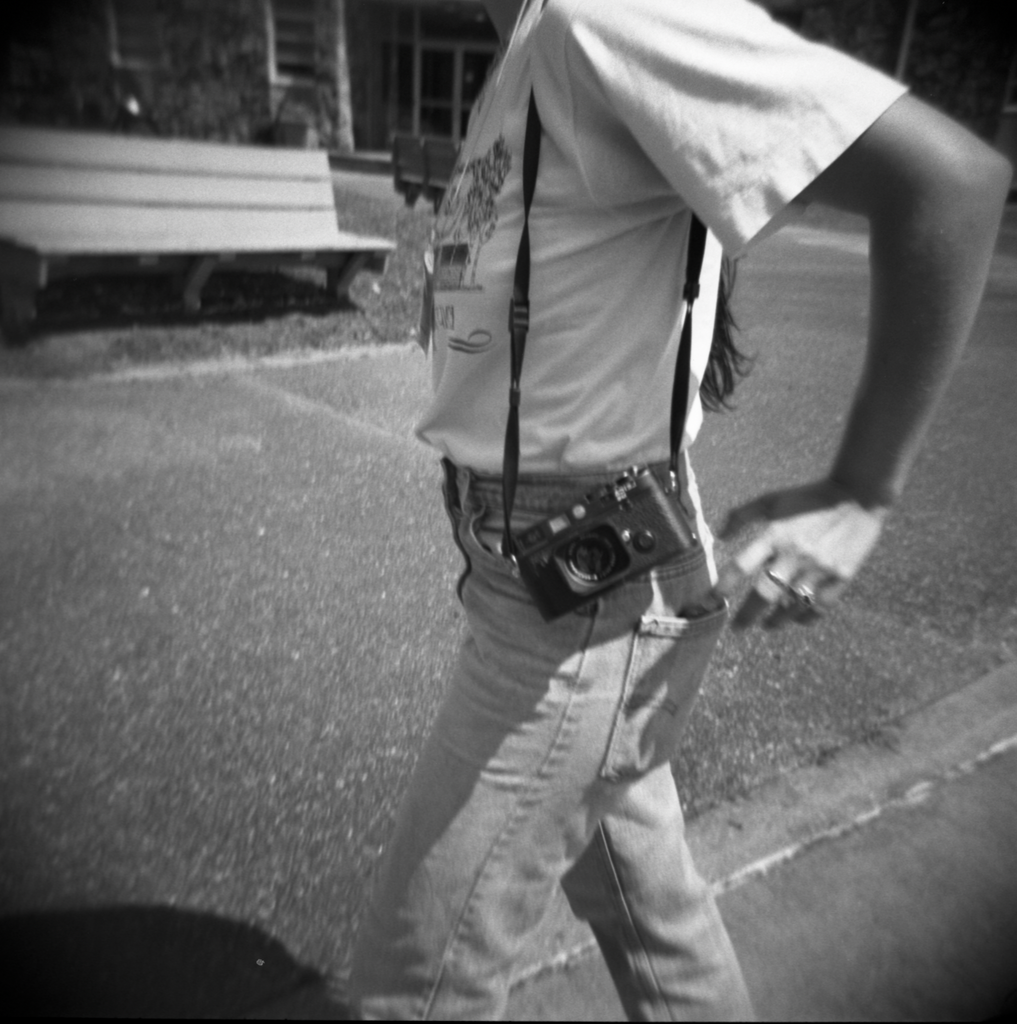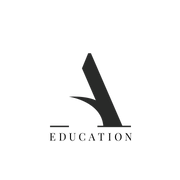Ever wondered about the film gear I use during my portrait sessions and weddings? Take a look inside my camera bag to discover which cameras I use and why, which film stocks I keep on me, and how I distinguish which camera should be used at any given time.
Disclosure: This site contains affiliate links. This means that I may receive a small commission should you purchase one of these items (at no additional cost to you).

A Mix of Film & Digital Photographs
First and foremost, it's important to understand that, like most professional film photographers, I also shoot digital alongside my work - particularly during wedding days. For almost every wedding, I keep my film camera on me 100% of the day, while shooting film more heavily towards the earlier parts of the day, and shooting digitally a bit more heavily towards the later parts of the wedding day.

For every wedding, I shoot about 30-40 rolls of film - that's about 550+ images that are shot on film. Luckily with film, my retention rate is very high, meaning that I typically keep and deliver about 70-80% of those images. If my delivered gallery is about 600 images, that means about 60-70% end up being film, while the rest of the digital imagery is edited based off of the film scans.
So what cameras do I keep on me during a wedding day in order to get these numbers?
Contax 645 Medium Format Film Camera
The film camera that I use the majority of any wedding day or during all portrait sessions is the Contax 645 Medium Format Film camera. This camera is used by many professional film photographers because of its ability to create stunningly soft, while still in-focus images. The lens that I shoot it with, the Carl Zeiss 80mm 2.0 lens, is a huge contributor to these beautiful images with incredible bokeh.
This camera is perfect for portraits, with its ability to get creamy smooth skin tones. The lens' ability to go to a low F/2.0 also gives me more flexibility in shooting in darker situations with a film stock such as Kodak Portra 400. When I first began shooting this camera, I stayed around F/2.0-2.8 most of the time. More recently I have been shooting around F/4.0-8.0 and loving it!
Depending on the used camera you receive, the autofocus may or may not be in great functioning shape. Personally, my Contax 645 has semi-good autofocus capabilities, but is not nearly as fast as any of the digital camera bodies I shoot with. If you're looking to purchase a medium format film camera, this is a great camera to consider, although a bit expensive compared to many others medium format options.
If you plan on using the Contax 645 often, I highly recommend getting an extra film insert or film back + insert.
Mamiya 645 AFD Medium Format Film Camera
This was the very first medium format film camera I ever purchased. As you can see from the image above, although this camera sits at a much more inexpensive price-point, the imagery is still fantastic. I highly recommend considering this camera if you choose to shoot medium format film. You can grab that here.
This camera acts as my main backup medium format camera for wedding days and portrait shoots, and I shoot it often when I need a bit faster autofocus on medium format film.
The "AFD" in the name of the camera signifies that it has autofocus capabilities. There are options without autofocus, and although they are less expensive, I highly recommend looking at AFD if you shoot anything fast paced, such as a wedding day.
Canon EOS-3 35mm Film Camera
I owned this camera about a year ago, and use it for whenever I shot 35mm. It's a great camera to get started with if you already shoot with Canon EF lenses digitally (saving you some money). You can get that camera here. A very similar camera option (that's slightly higher quality) is the Canon 1V. This camera, while being slightly more expensive, has an autofocus that's a bit quicker than its EOS-3 counterpart.
A huge benefit of having this camera is that I can still use my Canon EF lenses with this camera. If you already shoot Canon, I recommend considering this lens to give you a cheap start to learning film.

Holga 120N Medium Format Camera
Find this camera HERE. I most often shoot it with this color film stock and this black and white film stock.
If you follow my work, you know that I absolutely adore Holga cameras. If you're considering a very inexpensive way to start shooting film, this is the camera for you. Made of cheap plastic, this camera gives me a quick way to shoot imagery that truly stands out from every other image (as seen in the image above).
There are very few options to control settings, making it easy to understand for a beginner. I often use this camera at night during receptions to get some beautiful, unique film images with a little (very cheap) manual flash.
If you're wondering how I shoot on a Holga, check out this my Holga Guide Here. If you're more of a visual learner, head to my Youtube Video about shooting with this camera.

Contax G2 Camera
More recently, I began shooting with the Contax G2 camera. This camera uses beautiful (and very small) Zeiss lenses. I highly recommend starting with the 45mm lens. If you're looking to get into 35mm film photography, or need a smaller, high-quality 35mm film camera for traveling, etc. I can't recommend this camera enough.
If you pick up this camera, I highly recommend getting this camera strap to go with it, and the Peak Design Everyday Sling to carry your camera + 35mm film.
Below is an example of a recent image taken with the Contax G2. You can find more examples here (first, third, and last images), here, and here.

These are the main cameras I shoot with on a daily basis. I'd love to hear which cameras you shoot with, and any questions you have about my gear.
Looking to learn all the ins and outs about film? Head here to grab my Complete Beginners Guide to Shooting Film.
Looking to get a new or used camera? I highly recommend looking on Ebay Cameras or KEH.com.
xo, abi

